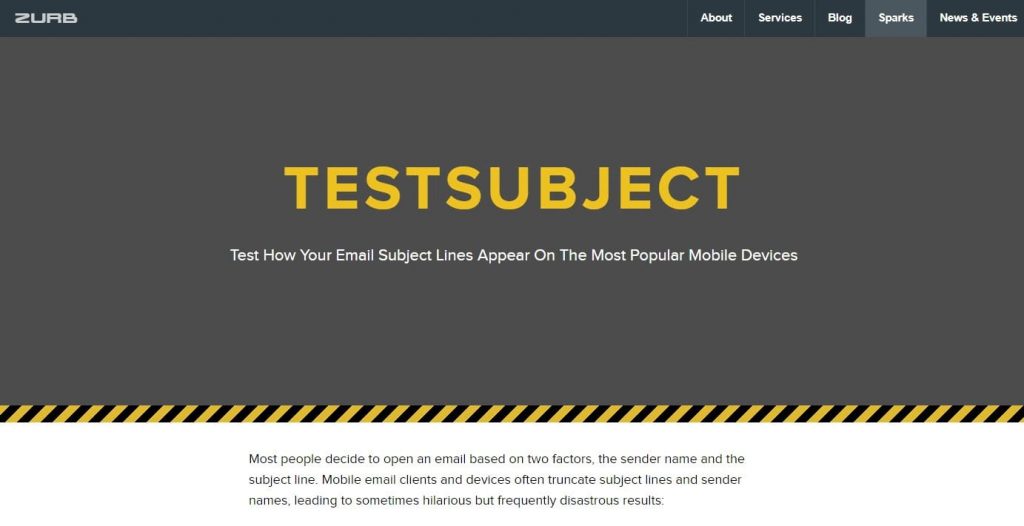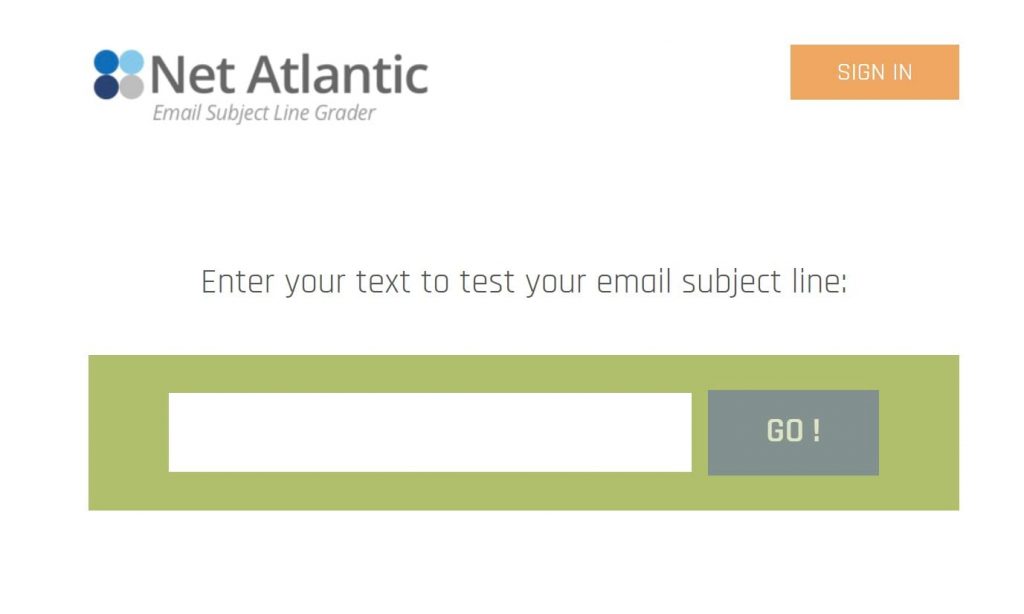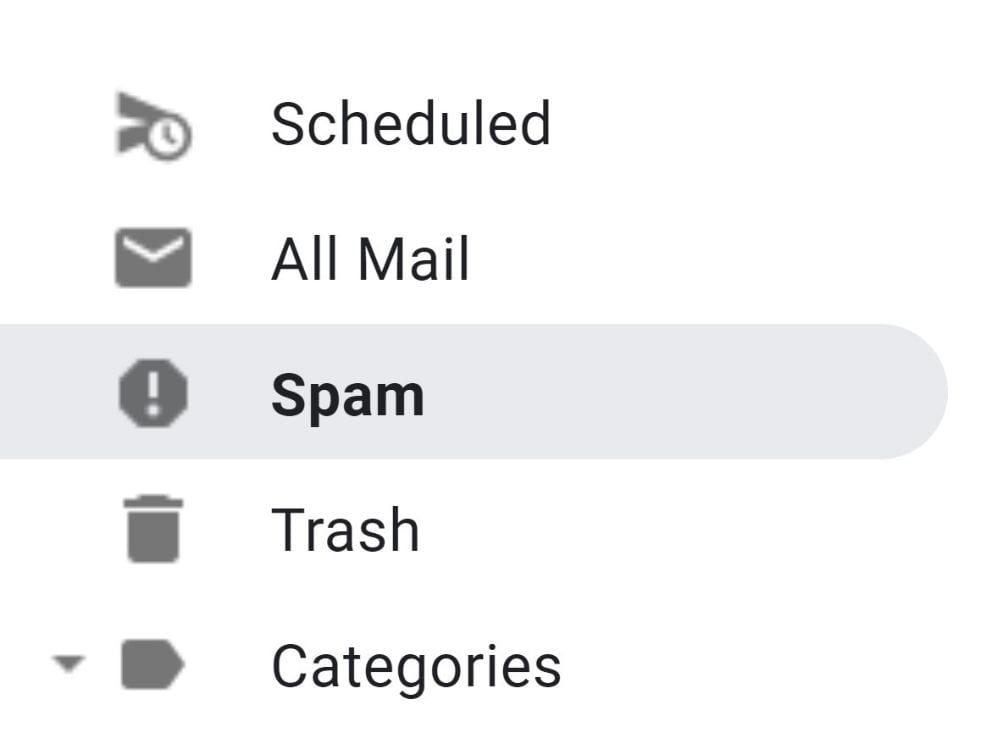How to Grow Your Business With Cold Email Outreach
Cold email outreach gets a bad reputation in the business world. We get bombarded with so many spam emails every day, it’s easy to think that cold email outreach just doesn’t work.
But the opposite is true.
When done right, cold emailing potential clients is a proven way to get new leads for your B2B business.
The key here is knowing how to reach out to cold leads the right way.
In this guide, we’ll cover how to grow your business with killer cold email outreach, and the common pitfalls you need to avoid to stay out of spam folders.
Email validation is an essential step in creating an effective cold email outreach campaign. Not sure what that is? Learn all about it in our guide here.
What exactly is cold emailing?
A cold email is the initial message you send to potential customers who don’t know you yet. They haven’t bought your product or service, but you think they would be the ideal prospect, so you reach out to them with an offer.
However, in today’s crowded online space, a single cold email doesn’t cut it. Instead, it’s best to create cold email outreach sequences that warm up potential leads and showcase your offers.
Types of cold emails
There are many different types of cold emails, including:
- Marketers sending emails for publicity
- Students sending emails to recruiters for internships
- Recruiters sending emails for job opportunities
- Salespeople sending emails to get new leads
When it comes to business, cold emailing is an important tool in the salesperson’s arsenal to acquire new leads.
Why is cold emailing important?
When you think of cold emailing prospects, you might think of those salesy, spammy emails we all get bombarded with daily. And this might have put you off using this strategy in your business.
But there are some important reasons why cold emailing is important to incorporate into your marketing strategy.
- Networking
If a prospect isn’t aware of your product or service, they can’t buy it – no matter how perfect for them it may be.
Cold emailing is a way of networking and growing awareness of your brand and product.
Just like meeting new people during in-person events, cold emailing is a simple way of networking with others online.
- Lead Generation
The ultimate goal of cold emailing is lead generation. If you do your research and target the right people, cold emailing is a proven way of bringing in warm leads for your business.
A cold email sequence gets a lead primed for your offer, and when they reach out, it’s much easier for your sales team to convert them into a paying customer.
Steps to Creating a Great Cold Email Sequence

If you’re convinced and want to get started with cold emailing, here’s how to create the perfect cold email sequence:
Consider who you’re targeting
Your email copy needs to resonate with whoever you’re targeting, and so your style and content should be tailored to them specifically.
If you’re reaching out to CEOs, your tone and style is going to be professional and to the point. Whereas if you’re targeting small business owners, your content might be more light and friendly.
You need to understand your demographic implicitly to know what they want to hear and how.
Consider your campaign cadence
A sales cadence is the series of touchpoints a prospect has before they become a paying customer.
You should always have more than one touchpoint for any lead. So take your other touchpoints into consideration when messaging them. Do they already know your brand from social media, webinars, etc.?
The level of information you offer and the detail of your offer will need to factor this in.
Personalize your cold emails
Sending out mass, generalized emails is a quick way to get tagged as spam and sent straight to the junk folder.
Not to mention, unpersonalized emails are quickly ignored by potential leads since they get dozens of them every day.
By personalizing the introduction and making it clear you’ve done your research and know who the prospect is, you’re much more likely to boost your response rates.
If you’re struggling to personalize your email, here are some starting phrases that work well:
- Noticed that you…
- I read about your work in…
- It looks like you currently use…
- I saw your article in…
- It sounds like you’re struggling with…
- It seems your current…
Nail the email subject line
If your leads don’t click on your email, they’ll never see your offer. Make sure to pique their interest with a great email subject line.
It needs to be attention-grabbing and interesting, without being salesy or spammy. That means staying away from emojis or big claims that may seem insincere.
For example, personalizing your email subject line with the prospect’s name can boost open rates by an impressive 50%.
Find out how to write email subject lines that convert in our guide here.
Tools to check your subject lines:
1. Test Subject by Zurb

This is a free tool that checks what your email subject line looks like on mobile devices. Around 60% of emails are opened on mobile devices, so it’s important your email subject lines are effective when cut off on smaller screens.
2. Email Subject Line Grader by Net Atlantic

This is another free tool that tests the effectiveness of your subject line copy. You’ll get a score on how compelling the subject line is and some quick suggestions on how to make it more optimized for clicks.
3. Spam Check by Postmark

This is yet another free tool that will check your emails aren’t getting sent to spam folders. It will show you what is triggering spam filters and how to avoid them so your emails get read.
Make an Irresistible opening
The opening of your email should be focused on your prospect, not your offer. Remember, people want to know what you can do for them, so showing them they are your focus is an easy way to hook their attention:
- Show them you understand their business and the struggle they are facing. This shows you’ve done your research and can offer real value.
- Or thank them for their recent work. People love to know they are valued so highlight a recent achievement of theirs to get them on side.
- Connect with them through shared interests or connections. If you can establish a quick mutual connection, they are most likely to trust you.
This type of personalization only needs to be included in the very first email you send. Although it takes more work to do the research and find information to include, it will lead to significantly higher engagement rates.
Add a Call-to-Action
Every email you send to prospects should have a clear call to action at the end. It’s important to tell potential leads what to do so they know how to follow up with you.
Your CTA will depend on whether you want the prospect to email back, schedule a call, or make a booking. But here are some ideas:
- Does Friday at 2pm work for you to schedule a quick discovery call?
- Would you be open to us sending you a free demo of our software?
- Send me a link to your scheduling software and I’ll book a time with you.
Cold prospects usually won’t be willing to make a purchase after receiving a cold email from you, especially for high-ticket items.
So move them along to the next touchpoint with you by giving them a clear call to action which will encourage them to stay in touch.
Include your e-signature
Your prospect probably won’t have any idea who you are, so an e-signature helps them put a face to a name and shows you are actually a human – not a chatbot.
Your e-signature should include:
- Your name, job title, and company
- A simple, clear headshot
- Your email, phone number, or other contact information
- Social media icons
Make sure it’s mobile friendly and has a simple, professional design.
Don’t forget to follow up
Your cold email campaign will need to be put on a marketing calendar so you know when to follow up with leads that never replied.
Hot leads should be followed up with every two to three weeks after your initial contact to help your offer stay relevant.
If you’ve done your research and you’re reaching out to the best prospects, chances are you caught them at an inconvenient time with your first email.
Strategic follow-up emails might be the small nudge they need to get in touch with you and set up a call.
If the lead is completely cold (meaning there is less chance they are ready to make a purchase), you should follow up every six weeks. This keeps you in mind but doesn’t spam them with irrelevant offers.
How to ensure your cold emails avoid spam filters

Ah, the dreaded spam filter. There is always a chance you’ll end up in there when you’re cold emailing potential leads.
Here are some easy tips to help you make sure you avoid them when reaching out to customers.
- Use email automation
Bulk sending emails is a surefire way to get your email account flagged as spam. But sending out just a few cold emails at a time is a massive waste of your marketing hours.
The solution is using email automation software. Contrary to popular belief, this can actually help you stay out of spam filters.
Bant’s automation software will take care of the entire cold email outreach process, all in one lead generation & sales acceleration service .
Part of this includes staggering hundreds of cold emails for you, meaning you won’t get flagged for bulk sending and you also don’t have to waste time staggering the emails yourself.
- Segment your email list
Each potential lead will be at a different point in the buying journey, which is why it’s important to segment your email lists. You might have different segments for:
- Those that follow you on social media
- Those that have opened a previous email but not replied
- Those who have never opened a cold email from you
- Customer type by demographic
Having different segments means you can dive down into the personalization more and reduce the generalized information you have in each email.
- Use an active reply-to address
You should never use an email address such as “noreply@yourcompany.com”. For starters, it makes your potential customers think they can’t reply to you, and it will also make them think you’re not interested in getting replies.
Use business branded, active email addresses such as “hello@yourcompany.com” or “yourname@yourcompany.com”
It’s best to have a dedicated email for outreach to keep the reply process organized.
Mistakes to avoid with your cold email campaign

There are some common mistakes that businesses make over and over again when it comes to cold email outreach. Here are the top ones you need to avoid:
Self-centered messaging
It’s easy to want to focus on your amazing offer when you reach out to customers. You might have the best product or service in the world and know it’s perfect for your lead, but they honestly don’t care.
When you first reach out to a cold lead, you need to focus on them to prove to them you aren’t just looking for a quick sale.
The self-centered pitch can come later once you’ve warmed them up to you and your business and gained their trust.
High-friction CTAs
High friction words imply the lead has to do something, rather than giving them a choice. No one wants to feel like they’re being cornered into emailing someone back, so it’s best to go with low-friction CTAs that make the lead feel they are in charge of the response they give you.
For example, “Order Now” is a high-friction CTA, since it’s telling the lead what to do and makes it feel like a chore.
A low-friction alternative would be “Check out our products here”. This is less demanding and although it encourages action, it doesn’t feel like work.
Robotic language
There is a fine line between sounding professional and sounding robotic. It’s true what they say, people buy from people. So make sure you’re not coming across as robotic or like a chatbot in your cold emails.
Injecting real emotion into your copy will help form a connection with leads and build that initial trust you need to move them along in the buying journey.
Using old templates
If you google “cold email templates”, you’ll see hundreds of free ones you can steal. The problem is, everyone is using these templates and so people recognize them a mile off.
It’s best to construct your own, personalized templates that you’ve put some thought into. It’s easy to tweak as you go, and once automated, it will still feel as easy as using templates.
Conclusion
Don’t be intimidated by the idea of cold emailing potential leads. When done correctly, it’s a highly effective strategy for bringing in a consistent stream of leads.
The easiest way to get started with cold email outreach is with automation software. It’s quick and easy to set up and once on autopilot, will automatically send out cold emails to the best leads so you don’t have to worry about it.
Ready to give it a try? Nail your cold email outreach and monitor your campaign progress across all channels with our all-in-one dashboard. Schedule a demo today with one of our representatives to see just how simple it is.

